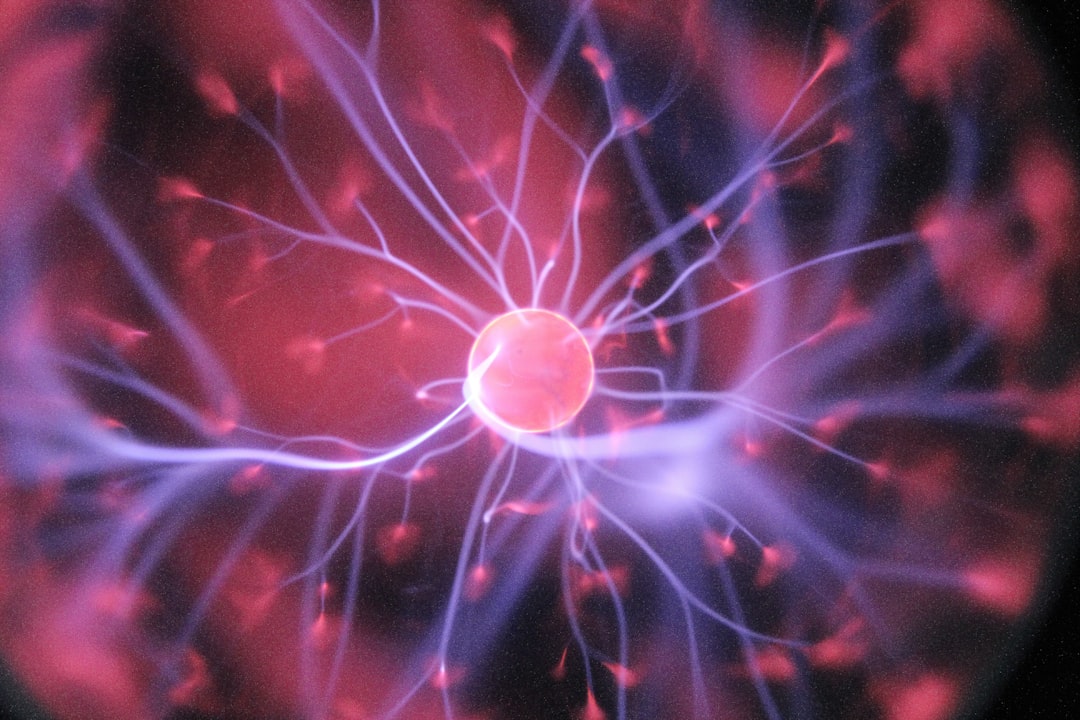What is it about?
Overview of carbon nanomaterial-based adsorbents for water purification. Unique surface properties and easy synthesis/modification, make them efficient adsorbents. Effective strategies: activation, functionalisation, nanocomposites, macroscopic 3D architectures. Future directions: reducing synthesis cost, the utility of secondary waste, industrial testing.
Featured Image

Photo by C Drying on Unsplash
Why is it important?
Deterioration of water quality and the unavailability of drinkable water are pressing challenges worldwide. Removal of toxic organic and inorganic pollutants from water is indispensable for a clean environment, as a response to water scarcity, and for human society. Adsorption-based water technologies are among the most favoured and widely used because of their high efficiency at low-cost, without relying on complicated infrastructure. In recent years, carbon nanomaterials (CNMs), such as graphene and derivatives, carbon nanotubes, carbon nanofibers, nanoporous carbon, fullerenes, graphitic carbon nitride, and nanodiamonds have been extensively exploited as adsorbents due to their extraordinary surface properties, easy modification, large specific surface area, controlled structural varieties, high chemical stability, porosity, low density, ease of regeneration, and reusability. Graphene oxides and other oxidised carbons provide strong acidity and abundant functional groups, and demonstrate excellent adsorption of cationic and basic compounds via electrostatic and hydrogen bonding interactions, while their pristine counterparts exhibit hydrophobic surfaces and offer high adsorption via strong π–π interactions. This review provides a thorough overview of state of the art in CNMs, including significant past and recent advances, as well as future strategies for the use of carbon-based nanoadsorbents in water treatment. This review primarily emphasises the fundamentals of adsorption, its mechanistic aspects, synthesis and properties of CNMs, and adsorption performances of CNMs and their nanocomposites with inorganic and organics materials. Structural engineering and activation processes produce materials with enhanced adsorptive properties and separation efficiencies. Furthermore, the formation of CNMs with 2D and 3D macro-/micro-structures with high porosities is a potential approach to improve adsorption performances and extend CNMs use at the industrial level. This review also addresses some vital issues that persist about these adsorbents, which could shape the future research and industrial application of carbon-based nanoadsorbents in water security.
Perspectives
CNMs such as CNTs and Graphene/GO have proved favourable materials for desalination and membrane technologies. Numerous new functional CNMs have concurrently demonstrated excellent adsorption performance for wastewater treatments due to high surface area, porosity, stability, and excessive functionalities. Overall, CNMs have already demonstrated their potential in water purification at the laboratory scale. While the research is still in progress, it is expected that CNMs will lead to more exciting discoveries, and possibly low-cost industrial adsorbents for water remediation. They might be converted into new products and nanotechnologies in near future.
Dr Neeraj Kumar
Council for Scientific and Industrial Research
Read the Original
This page is a summary of: Recent advances in carbon nanomaterial-based adsorbents for water purification, Coordination Chemistry Reviews, February 2020, Elsevier,
DOI: 10.1016/j.ccr.2019.213111.
You can read the full text:
Resources
Contributors
The following have contributed to this page










